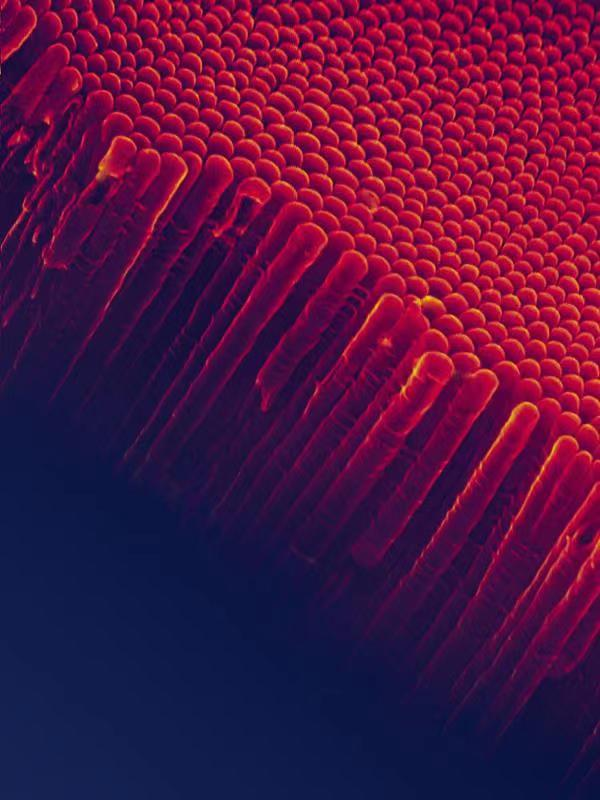(1) Why does the EU ban titanium dioxide?
In the 2010s, a large number of scientific research teams began to study the harmfulness of titanium dioxide.
In 2014, the team of Dr. Tao Chen from the Food and Drug Administration (hereinafter referred to as FDA) believed that, based on animal experiments, nano titanium dioxide has “genotoxicity”, which may cause gene damage to cells.
In the interview, Professor Yao Weirong, School of Food, Jiangnan University, also explained the toxicity mechanism of nanoscale titanium dioxide. Professor Yao Weirong introduced that the current research found that nano titanium dioxide may increase the oxidative damage of DNA in the liver of mice, but no oxidative damage of DNA in the lung, kidney, bone marrow and brain was seen.
The “genotoxicity” and “DNA oxidative damage” mentioned in the above research only mean that titanium dioxide may affect the DNA of some cells, thus inducing cancer. In fact, some cells in the human body undergo “DNA mutation” and cancer every day. The “genotoxicity” here does not change the “overall DNA”, in other words, it does not affect human fertility and heredity.

With the enrichment of relevant research, the European Food Safety Authority (hereinafter referred to as EFSA) expressed concern about the safety of titanium dioxide. In 2021, EFSA issued a notice stating that the organization no longer regards titanium dioxide as a safe food additive. Professor Maged Younes, the expert chairman of food additives and flavorings at EFSA, said that after the evaluation of thousands of studies, they could not rule out the possibility of “genotoxicity” of titanium dioxide. Although the absorption rate of titanium dioxide particles was very low, these particles could be accumulated in the body, so there was a risk to eating titanium dioxide.
Based on the EFSA announcement and its own assessment, the European Union announced on January 14, 2022 that it would completely prohibit the addition of titanium dioxide to food after a six-month cycle. Following the steps of the European Union, the Gulf Standards Organization, including Saudi Arabia, Yemen, Qatar and other countries, has also decided to ban titanium dioxide, and Switzerland, South Korea and other countries have also made the same decision.
(2) Why do the United States, Britain and Canada think it is safe?
But not all national governments and researchers agree with this conclusion.
Andrew Maynard of the Risk Science Center of the University of Michigan in the United States mentioned in his article in 2015 that the research on the harmfulness of titanium dioxide focuses on “nano scale” particles, which are usually less than 100 nanometers in diameter. However, if you want to add titanium dioxide to food and give play to its coloring effect, you need to use micrometer titanium dioxide larger than 100 nanometers. Therefore, these studies cannot support the harmful theory of food grade titanium dioxide.
Andrew Maynard also mentioned that although “nanoscale” titanium dioxide will enter cells, it is impossible to prove how much is needed and under what conditions this harm will occur. The amount of titanium dioxide used in the experiment is much larger than the actual amount that the human body may ingest. Based on these views, he believes that it is impossible to prove that food grade titanium dioxide is harmful.
Some countries have responded differently. The Scientific Advisory Committee of The UK’s Food Standards Agency (hereinafter referred to as FSA) reviewed the opinions of EFSA. In the statement issued in January 2022, they believed that “the current evidence does not support the conclusion of EFSA”, and the FSA will not follow the steps of the EU to ban food grade titanium dioxide until further assessment is completed. Health Canada expressed the same conclusion: based on the evaluation of existing scientific data, there is no conclusive scientific evidence to prove the safety of titanium dioxide. The United States has not issued any special statement on titanium dioxide. The list of food color additives issued by FDA in 2022 still includes titanium dioxide.
(3) What do people in the food industry think?
The insiders said that titanium dioxide is the best white pigment with the best coloring power, and there is no natural white pigment to replace it. In terms of safety, the current controversy over titanium dioxide is focused on “nano” particles. This level of titanium dioxide is mainly used in cosmetics. In the food field, “micron” particles can achieve coloring effect.
However, the insiders also said that under the trend of great health, although there is no ban in many countries at present, well-known brands will try their best not to use titanium dioxide. If pigment is needed, they will also turn to use natural pigment. Under this trend, the global market of food grade titanium dioxide will be smaller and smaller.
(4) Can consumers still buy with confidence?
Consumers should be clear that at present, many other countries still regard titanium dioxide as a safe food additive.
In addition, the controversial “nano-scale” titanium dioxide is not used in food. As long as the amount of titanium dioxide added does not exceed the national standard, it is generally believed that consumers do not have to worry too much about the safety of titanium dioxide food.
Post time: Dec-08-2022